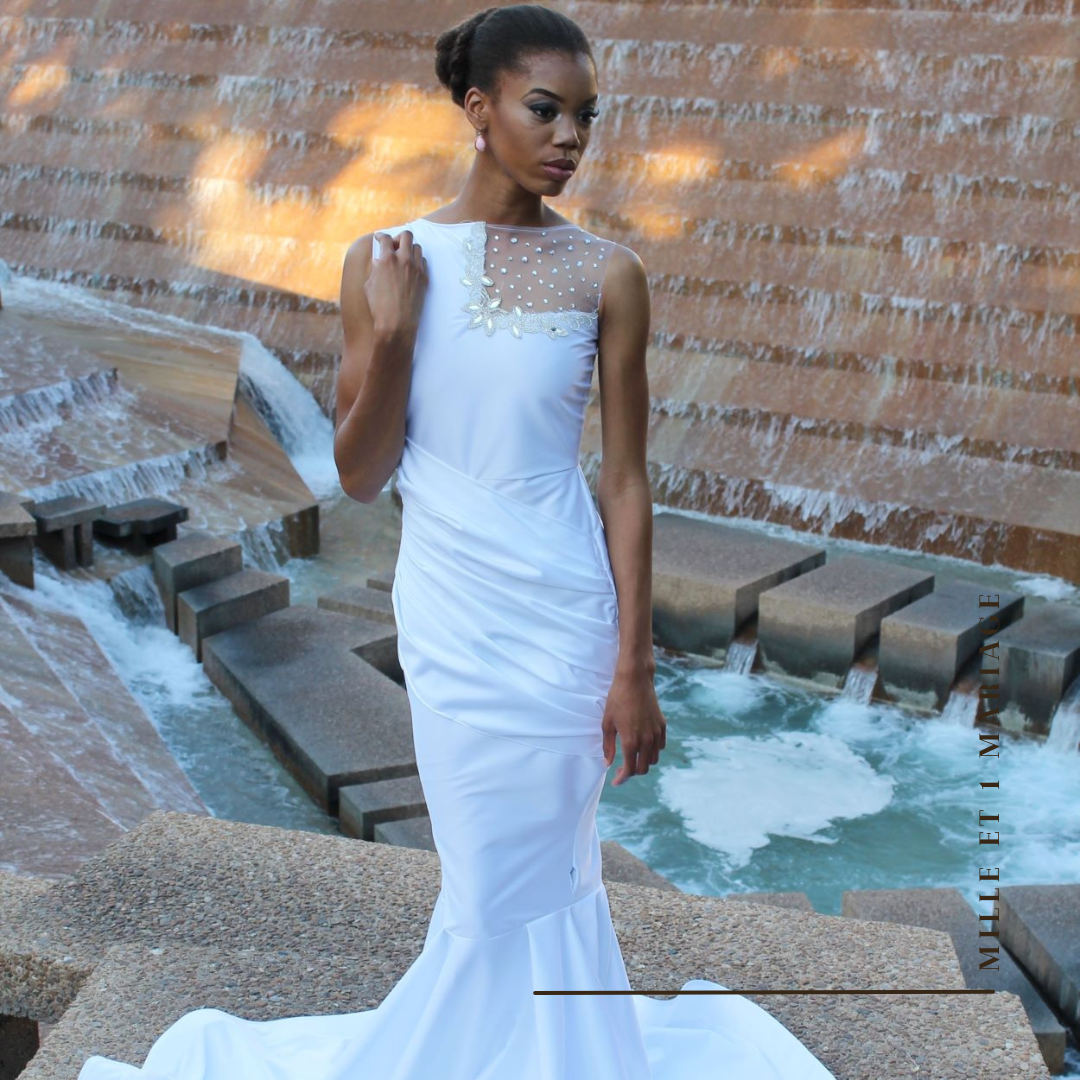Wedding dresses have a long history, dating back to Antiquity.
📖In ancient Greece, the bride wore a chiton closed by a belt called a zone, a symbol of chastity. In ancient Rome, the bride was dressed in a tunica recta, a traditional white tunic.
📖In the Middle Ages, it was no longer customary to wear a specific dress for the wedding, but rather your prettiest dress, whatever its color. Some brides even wore black, especially if the bridegroom was a widower.
📖At the time of the Renaissance, brides wore dresses cut from heavy fabrics, often embroidered with gold and silver threads. Noblewomen wore their hair in pearl-embroidered hairnets to hold it in place.
📖Since the 19th century, Queen Victoria has popularized the white wedding dress. In 1840, at her wedding to Prince Albert, she wore a white dress. Since then, the white wedding dress has become a Western tradition.
📖Over the course of the 20th century, the wedding dress became a symbol of fashion and haute couture. Designers began to create wedding dresses for fashion shows, and the wedding gown became the highlight of many a catwalk show.
Today, the wedding dress is a symbol of elegance and tradition, and continues to evolve with fashion and social trends.

